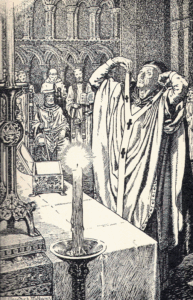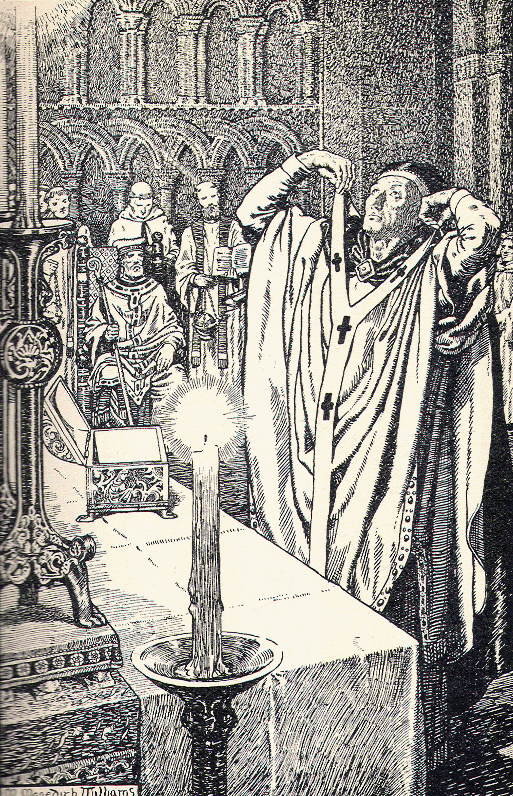Discovering the Ultimate Truth with St. Anselm: 15 Points On A Journey of Enlightenment

Are You Inspired?
Did today’s lessons provide you with any inspiration? I genuinely appreciate studying and discussing the lives of the saints.
If you’re wearing the gorgeous shirt I designed just for you, you can recount the story of St. Anselm.
Wearing these t-shirts makes it simpler to discuss saints with close friends, family, and random strangers. You may now tell everybody who compliments your shirt or inquires about it about St. Anselm and the arguments for the existence of God.
They might go to church with you so you can preach the gospel there. You may stress the fact that everyone requires a Savior, that Jesus is the best sacrifice to atone for our sins, and that everyone is dependent upon him.
Enrolling them in your parish’s RCIA programs would be far more beneficial.
You may rely on me to consider you before taking any action.
To view the shirt design, simply click the image or go HERE. Select your preferred size and color, then click the BUY NOW button to proceed to the payment page.

For more great saints, visit our blog HERE.
Have a few more minutes to dive into another saint?
Why not learn about:
- The Annunciation to Mary: 9 Cataclysmic Facts how Faith and Surrender Changed the World
- 10 Facts Unveiling the Beauty of “The Annunciation Triptych”: A Masterpiece of Renaissance Art
- St. Patrick: 14 Awe-inspiring Aspects about his Life and Legacy
- St. Louise de Marillac: 15 Inspiring & Unknown Facts on her Life
Have you considered joining us daily to discover more about the Saint of the Day? Please take a moment to sign up if you would want to receive my daily saint emails in your inbox.
I know people are busy so I’ll keep it brief, but I genuinely want to tell you more about the saints so you can be inspired daily like I am.
I’ll also give you a free screensaver for your phone as a special treat. I’ll send you the link to download the screensaver as soon as you submit the form. Enjoy!
Well, that’s all for today.
I’ll see you back tomorrow with another Saint of the Day to inspire you!
God bless you,
-Priscilla



